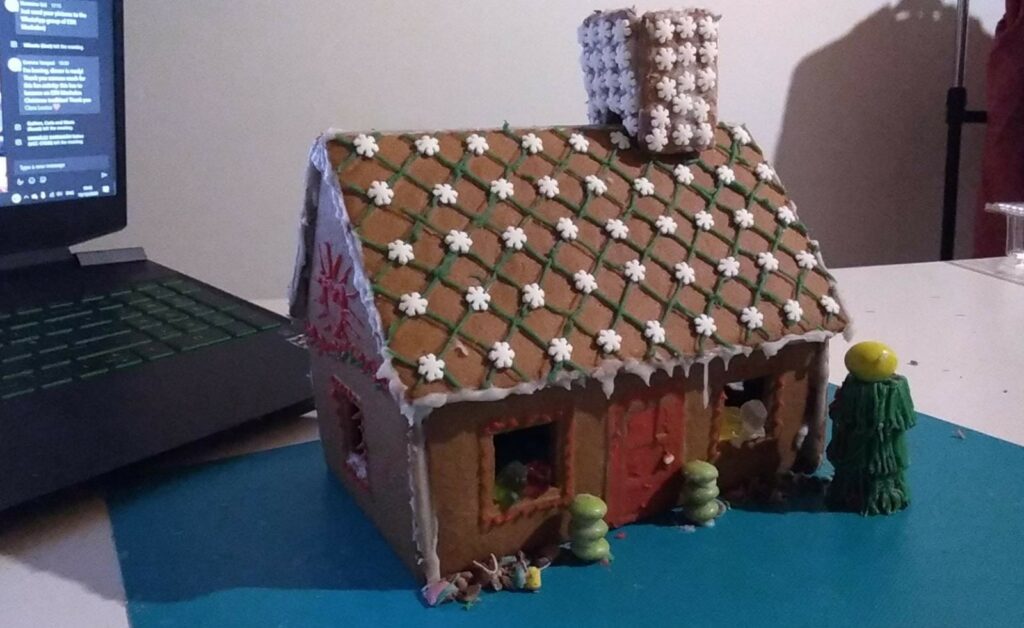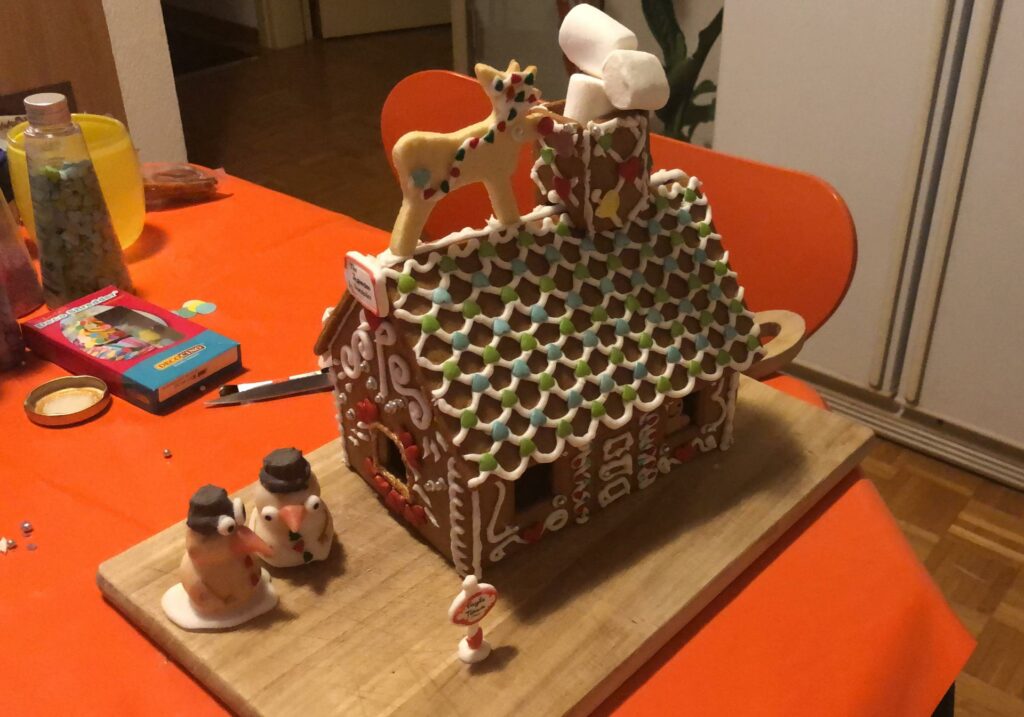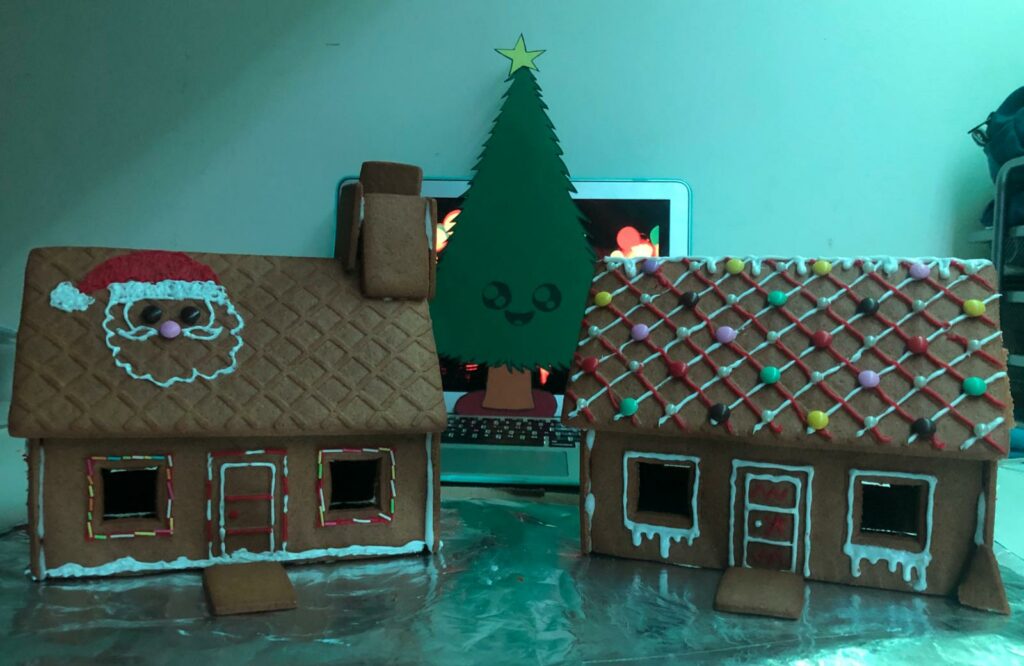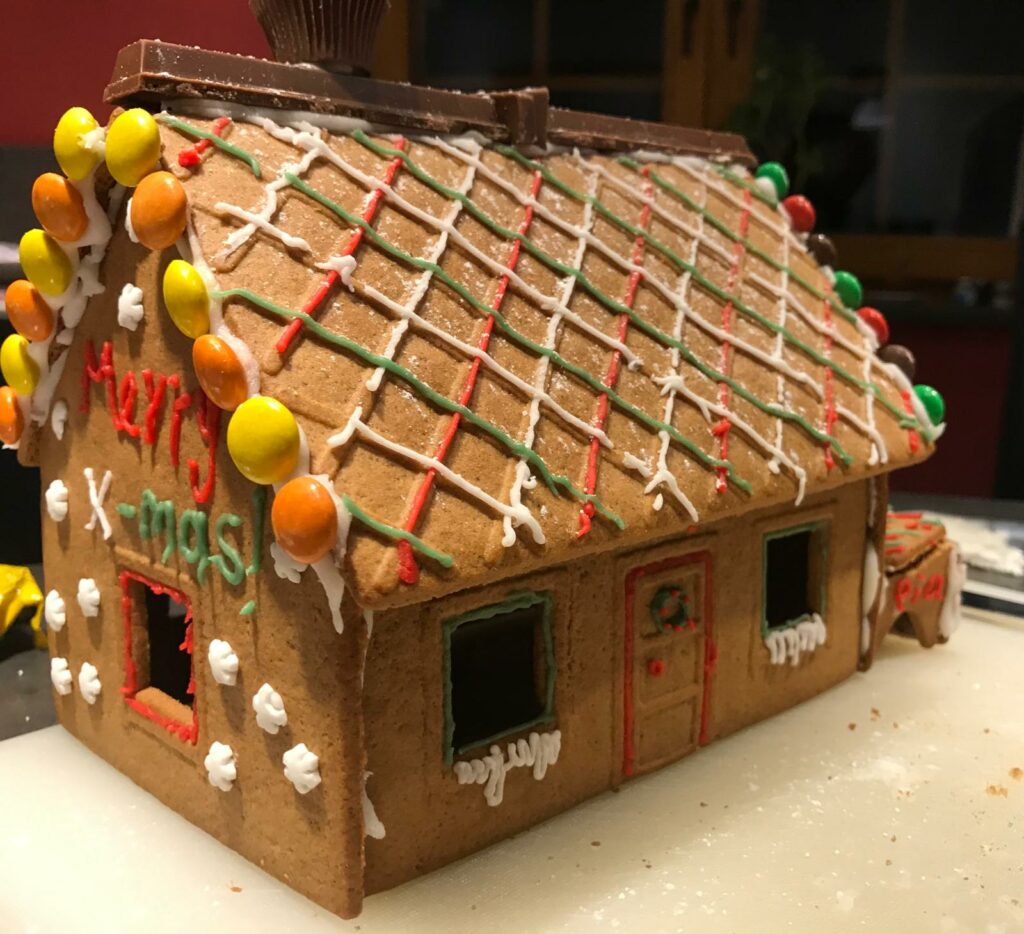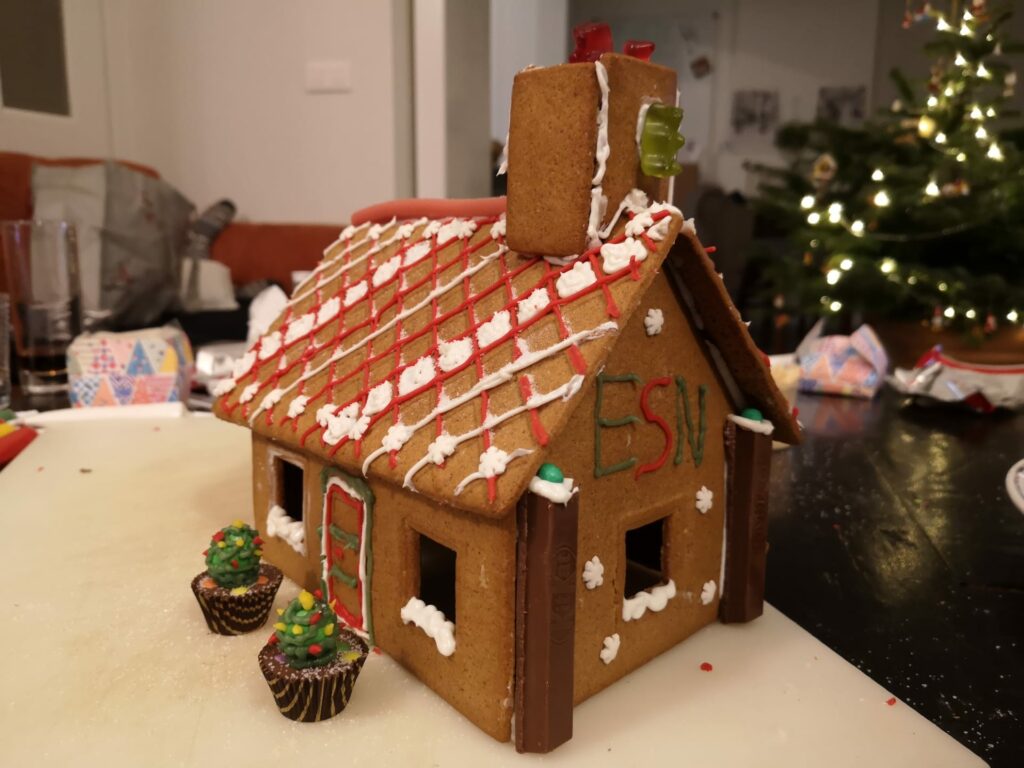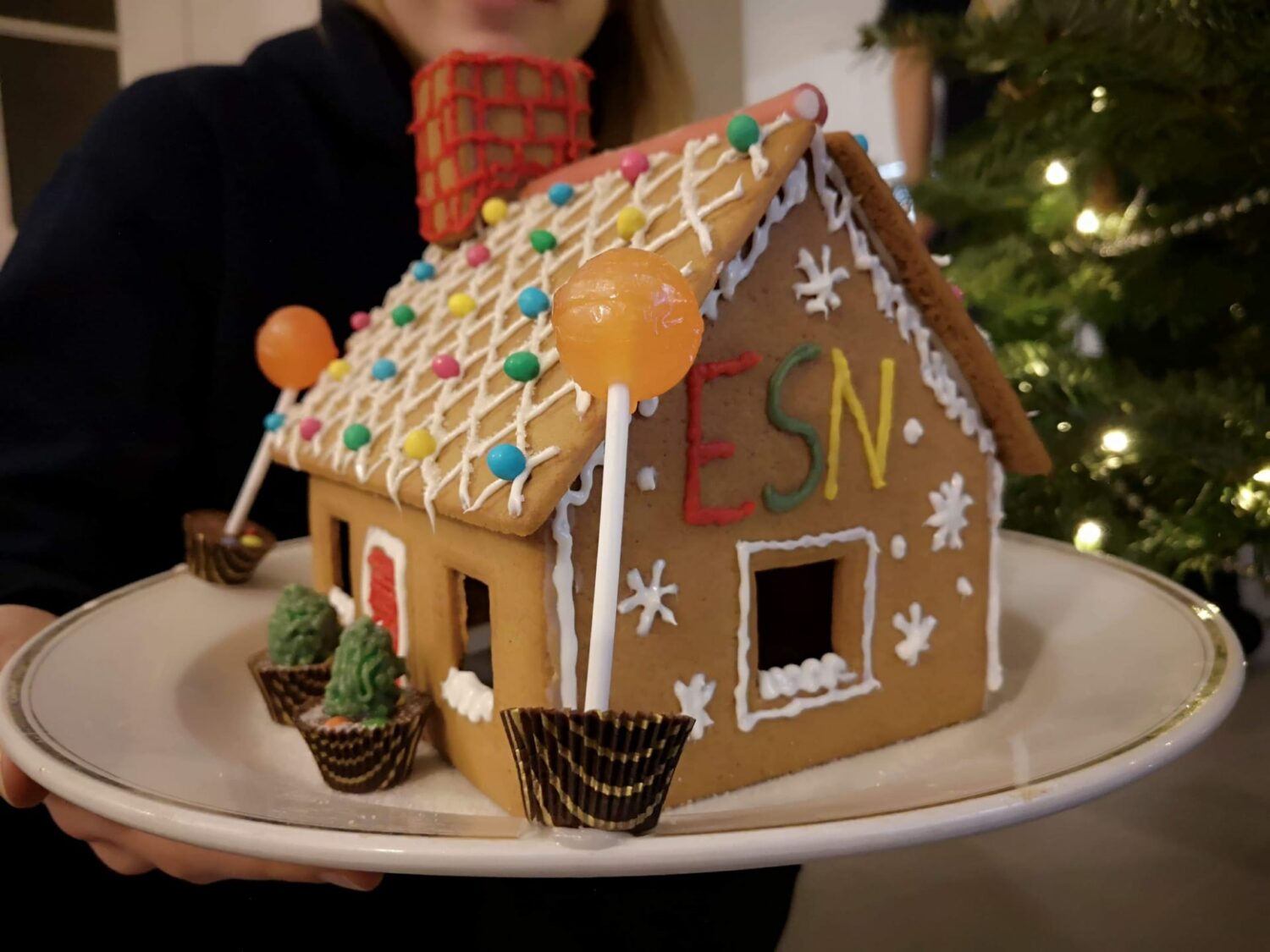
Gingerbread Contest – creative eve from ESN
2020 has brought us a lot of difficulties and challenges. However, the Christmas and New Year holidays remain for us the brightest, warmest, and most cheerful pastime.
For exchange students, the holidays took place in unusual conditions. Many remained away from their families, and meetings with friends were limited by the lockdown conditions.
However, self-isolation did not become a reason to lose heart for the Erasmus Student Network members. In collaboration with International Support of Thomas More, ESN Mechelen creatively approached the issue of organizing holidays. One of the events dedicated to the winter holidays was the Gingerbread Contest, a competition to make houses based on gingerbread cookies.
History of Gingerbread House
The tradition of making decorated gingerbread houses originated in Germany in the early 1800s. According to some researchers, the first gingerbread houses were the result of the famous fairy tale by the Brothers Grimm “Hansel and Gretel”, in which two children abandoned in the forest found an edible homemade bread with sugar decorations. After the book was published, German bakers began baking ornamented fairy-tale houses of lebkuchen (gingerbread), decorated with ornaments.
Gingerbread House today
Nowadays, the tradition continues in many European countries, including Belgium. Germans sell decorated gingerbread at Christmas markets on winter holidays (Lebkuchenhaus or Pfefferkuchenhaus are German terms for gingerbread house). Making gingerbread houses is still a way of celebrating Christmas in many families. Traditionally before Christmas parents and children build houses from pieces of baked ginger dough, collected with melted sugar. Roof tiles can be glazed or candy. The backyard of a gingerbread house is usually decorated with icing representing snow.
The gingerbread house does not have to be an actual house, although it is the most common. It can be anything from a castle to a small hut, or another type of building like a church, art museum, or sports stadium, and other items like cars, gingerbread men, and gingerbread women.
Gingerbread Contest from ESN
All ingredients for Gingerbread House have been carefully prepared by the ESN team in advance. All that was required from the participants was to pick up their kit and communicate via Zoom from their home, room, or dormitory. The organizers of the competition also took part in the competition and were ready to answer all questions, help if the participants had problems. Although there were no problems. All the ingredients were collected in a way that the only thing for the participants to do was to put the house out of blocks and decorate their composition at their discretion. The more creative the approach to the design of the house was, the more points the candidate gained.
Moreover, the atmosphere of Christmas did not leave the conference, not for a minute – while playing the Christmas music, the students discussed which film would be best for the holidays’ mood, as well as how Christmas and New Year are celebrated in different countries – after all, students came to Belgium from all over the world.
‘It was difficult to find out the winner of the competition since all the compositions turned out to be original; the students creatively approached the task. The most important thing is that the contest allowed us to meet again, see each other, and communicate. We are not alone, we are together, and we are always ready to support each other. And this is the most important thing on Christmas Eve,’ says Clara Van Camp, Finance manager of ESN Mechelen.
Text: Ekaterina Gril.




